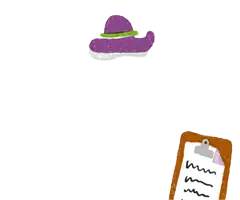Part 1Preliminary and key provisions
Key provisions: What kinds of rates may be set?
20ARating units of Māori freehold land used as a single unit
A person actually using 2 or more rating units of Māori freehold land may apply to the local authority for 2 or more of the rating units to be treated as 1 unit for the purposes of a rates assessment.
The local authority must treat the rating units as 1 unit for assessing a rate if—
- the units are used jointly as a single unit by the person; and
- the local authority is satisfied the units are derived from, or are likely to have been derived from, the same original block of Māori freehold land, meaning the first Māori land block that was held in an instrument of title and that included the land that became the rating units.
For the purposes of subsection (2)(b), it is sufficient evidence that 2 or more rating units of Māori freehold land are derived from the same original block of Māori freehold land if the rating units share a name in common according to the permanent record of the Māori Land Court.
If a local authority is not satisfied that the units are derived from, or are likely to have been derived from, the same block of Māori freehold land, the local authority—
- may apply to the Registrar of the Māori Land Court for a determination as to whether the rating units are derived from the same original block of Māori freehold land; and
- must do so on the request of the person actually using the units.
In this section, block has the meaning set out in section 4 of Te Ture Whenua Maori Act 1993.
Notes
- Section 20A: inserted, on , by section 11 of the Local Government (Rating of Whenua Māori) Amendment Act 2021 (2021 No 12).


